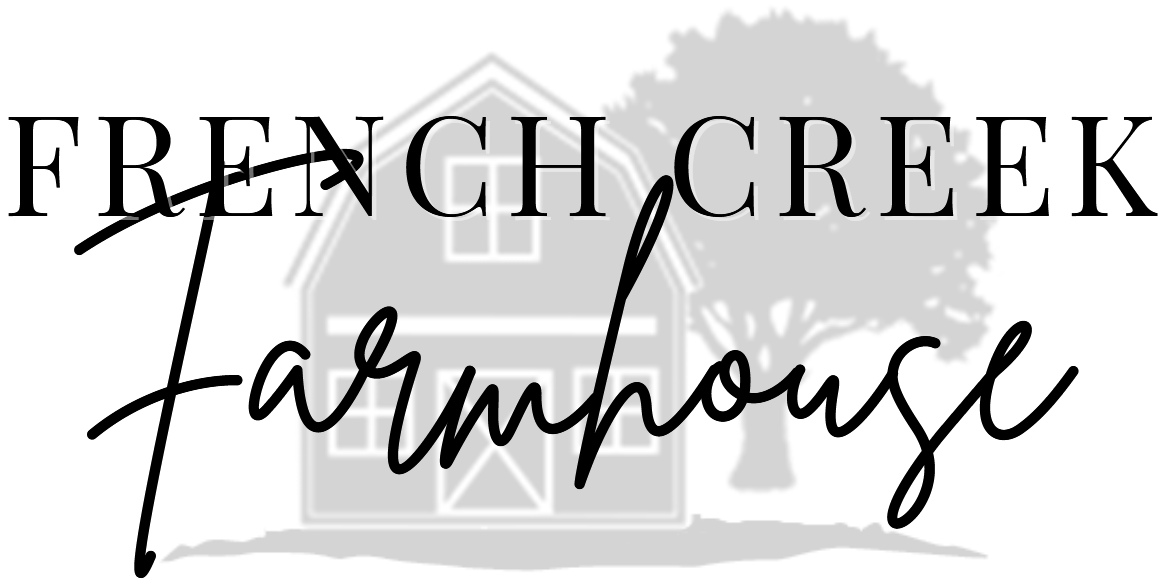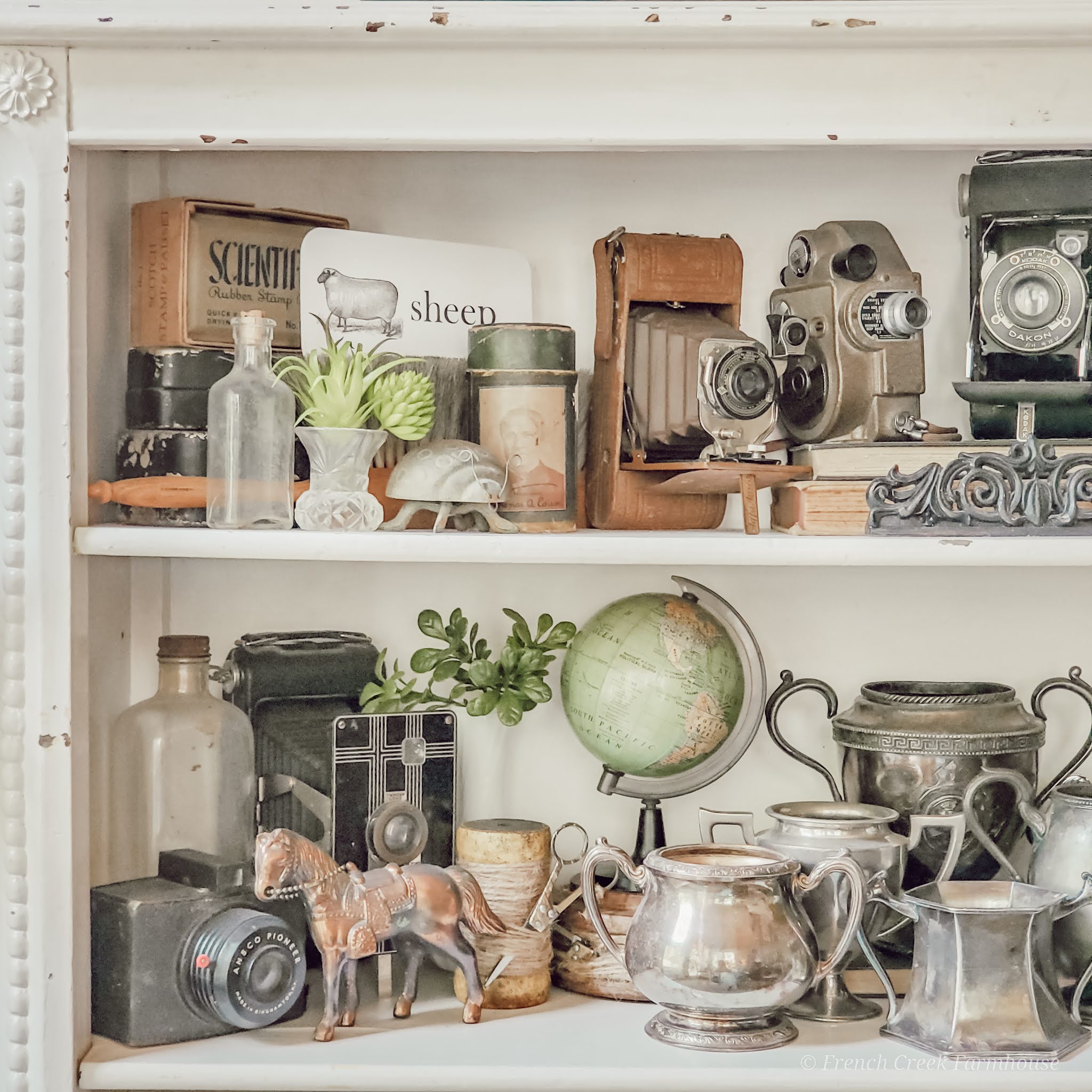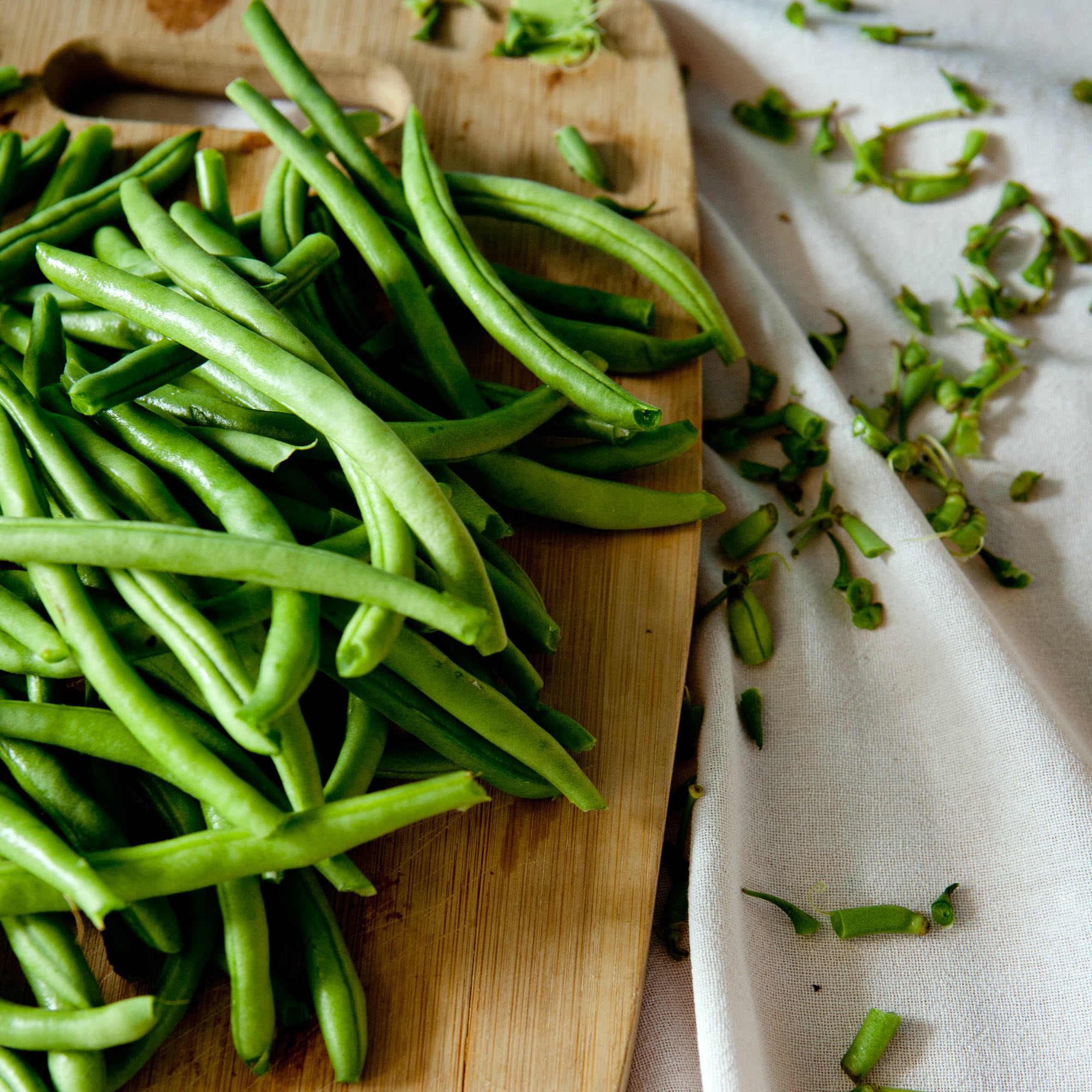How We Protect Our Groundwater
This shop has been compensated by Inmar Intelligence and its advertiser. All opinions are mine alone. #DrugTakeBackWA
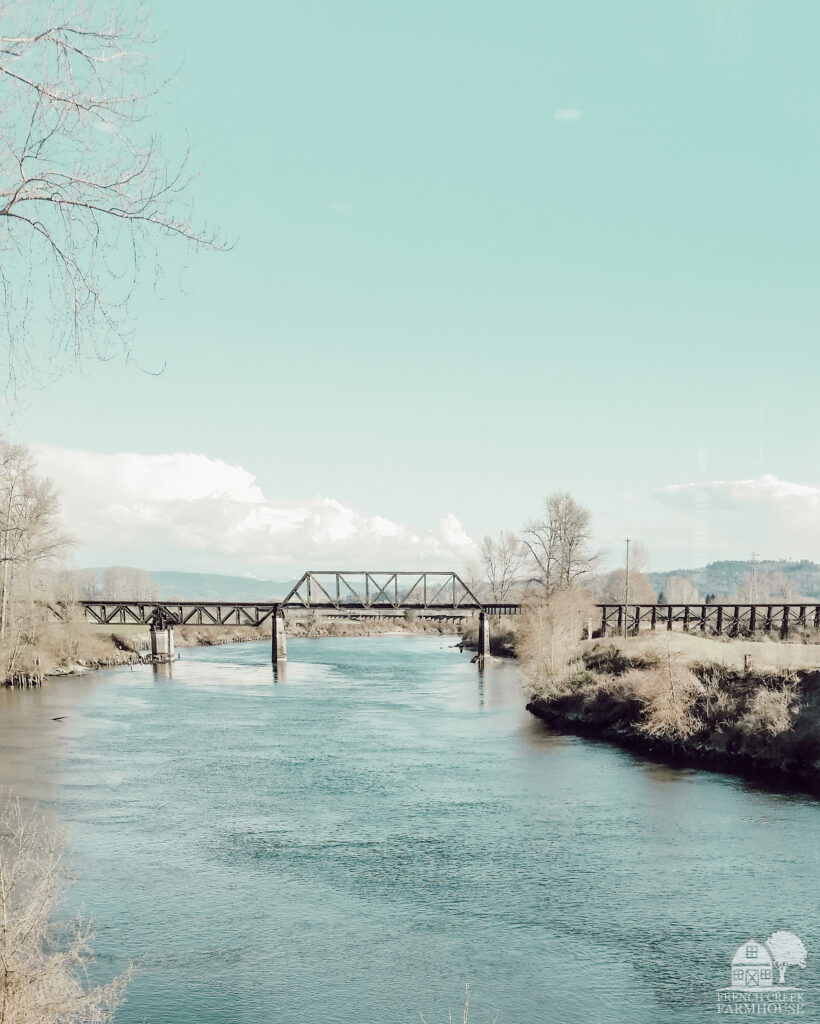
Living in the country has a way of making it very clear how much in life is interconnected. When you live close to the land, it’s tough to forget how important it is to be good stewards of it. Groundwater is no exception. In this article, I’ll dig into why it matters and what we do to protect our groundwater.
Mind you, these ideas aren’t specific to country living. No matter where you live, we all depend on the land for our survival. It can sometimes be hard to remember that with the conveniences of modern city life. However, everything that’s essential to humanity happens in our wild and open spaces–from the air we breathe, to the water and food we consume, and the materials we need for shelter and clothing.
All of life is interconnected. It’s this beautifully intricate tapestry that we must take care of in order to create a bright future ahead.
That’s really one of the big reasons we chose to move to the country. We wanted to be closer to our roots and to simplify our way of life.
{Related: Our Story of Moving to the Country}
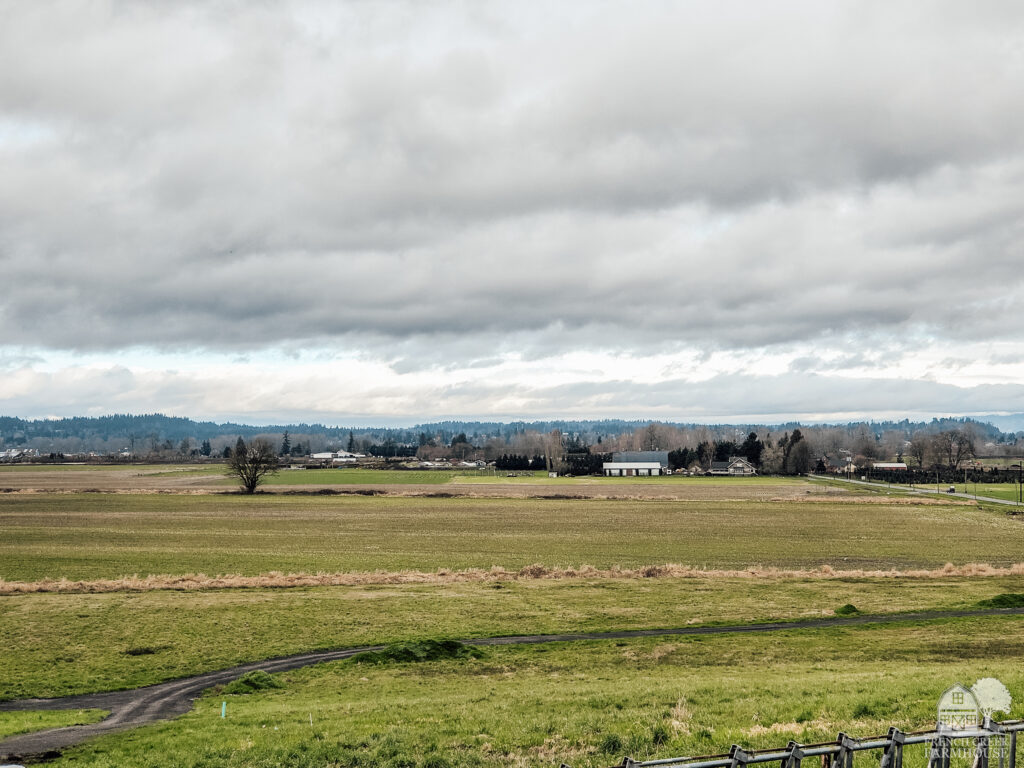
But one of the things that is rarely talked about is the fact that you have to work a little bit harder for what you need when you live in the country.
For example, in the city or suburbs, you take for granted that when you turn on the water faucet, clean water will come out of it. That’s not a “given” when you live in a rural area. Most families rely on water from a well, and that means that there needs to be sufficient, and uncontaminated, water available in the aquifer.
So let’s talk a bit about what that means…

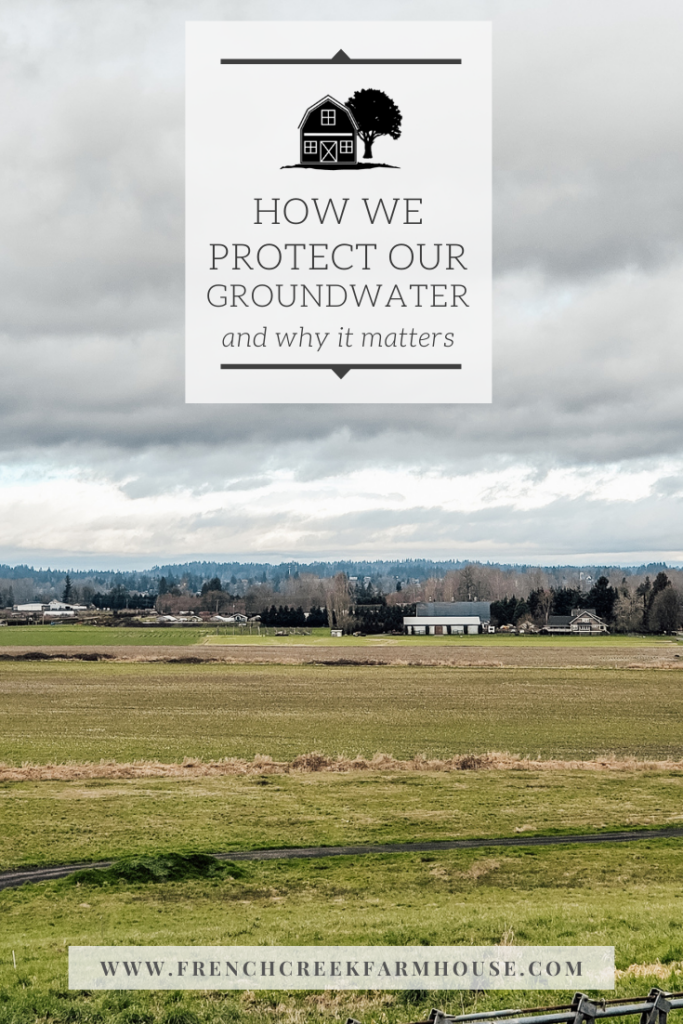

Disclosure: This post is sponsored by the LifeInCheck Consumer Drug Take-back™ program, however all opinions are my own. Some links within this blog may be affiliate links, and I might earn a commission if you make a purchase through that link. This usually amounts to cents, not dollars, and helps to support the projects featured on this blog. I only recommend products from companies that I have found to be trustworthy. Read my full disclosure here.

What is groundwater?
Simply put, groundwater is the fresh water that lies beneath the surface of the earth. It exists in the spaces in between rocks, soil, and any other voids underground.
Did you know that even though water covers 70% of the planet, only 1% of it is readily usable by humans?
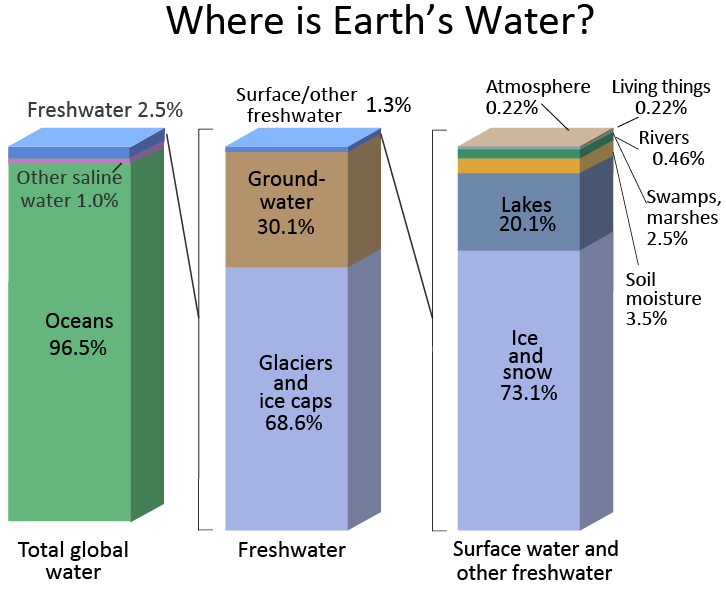
According to the USGS, 51% of Americans rely on groundwater for their source of drinking water, including 99% of rural Americans! Of course, a majority (64%) of our groundwater usage is for irrigation of crops, with additional withdrawals used to care for livestock, as well.
So, in one way or another, groundwater matters to every single one of us.
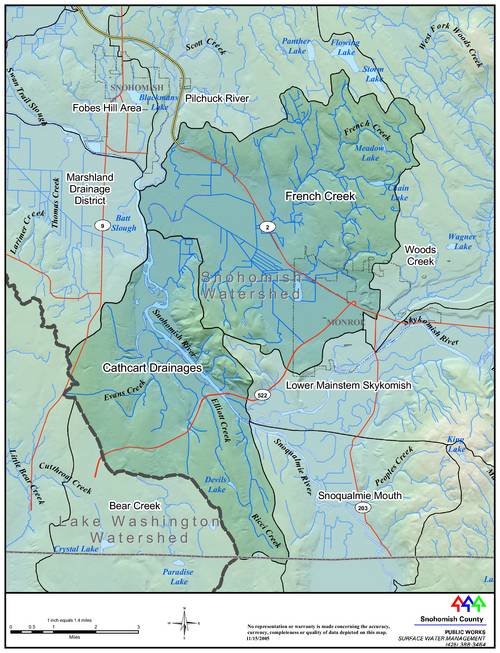
The French Creek Watershed
Where we live, in the Pacific Northwest, people assume that water isn’t really an issue. After all, here in Snohomish, WA, we experience an average of about 177 days of rain per year, compared to the US annual average of 106 days [source]. That’s more than TWO extra months of rain compared to the rest of the country!
That rainfall amounts to a little over 50 inches per year, compared to the US average of about 38 inches [source]. So, about one foot more of rain per year here in Snohomish–there’s good reason why Washington is called the Evergreen State!
Not only is that water used to irrigate crops in our area, but it also provides the rich biodiversity for which our state is famous. And, most specifically, the salmon habitat here in the Puget Sound.
We live within the French Creek Watershed (hence, the name we gave to our little homestead). The tributary creek that borders our acreage combines with many others in the watershed and runs into the Snohomish River, and then ultimately, into the Puget Sound.
Within this tapestry of interconnection that makes our part of the country so beautiful, it’s easy to begin to understand why groundwater is so important to us.
But if you think that water conservation isn’t a problem in such a wet and rainy area, think again!
Remember, the importance of groundwater is not only that it exists, but also that it remains uncontaminated and available for use.
Why Protecting Groundwater Matters to Everyone
I already talked about the fact that most rural families rely upon a well for their drinking water. On the other side of that coin is that those same families use septic tanks to handle their wastewater.
If you’ve never had a septic tank…well, first of all, lucky you! I have lived rurally for most of my life, so septic tanks have always been around.
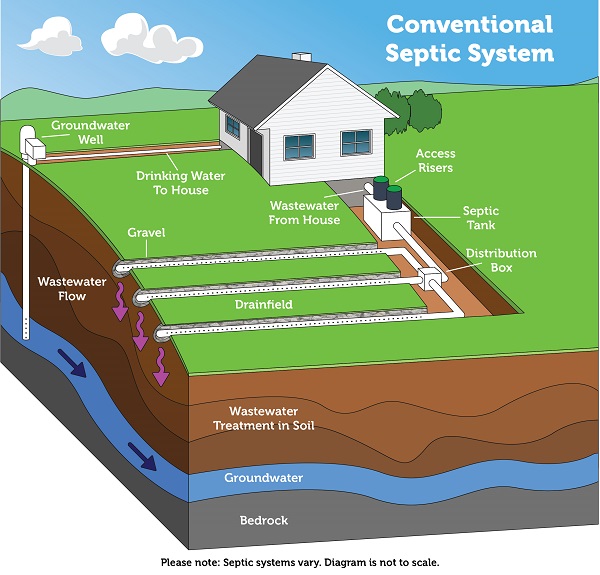
How a Septic System Works…In a Nutshell
How it works, in the simplest explanation, is that all of the outgoing plumbing in your home is piped into an underground tank. There are baffles on that tank to help facilitate the separation of wastewater and sludge.
The sludge remains in the tank until it’s pumped (for us, that’s about once every three years), and the wastewater empties into the drainfield that runs along a length of your property.
The drainfield is basically just a series of underground perforated pipes that allow the water to seep into the soil. The soil acts as a filter to purify the wastewater until it eventually reaches the groundwater.
This is, obviously, a bit different than how it works for city folks.
In the city, both a water and sewer system connects to each home. The city pipes and distributes fresh water to all of the homes on the system. All of the wastewater from the town is piped to a treatment facility where it’s processed, and then returned to the environment.
Here in the country, there is no treatment plant. Whatever goes down the drain also goes directly into our groundwater.
But even with a treatment plant, the water that’s released into the environment is only so clean. And here’s why that matters…
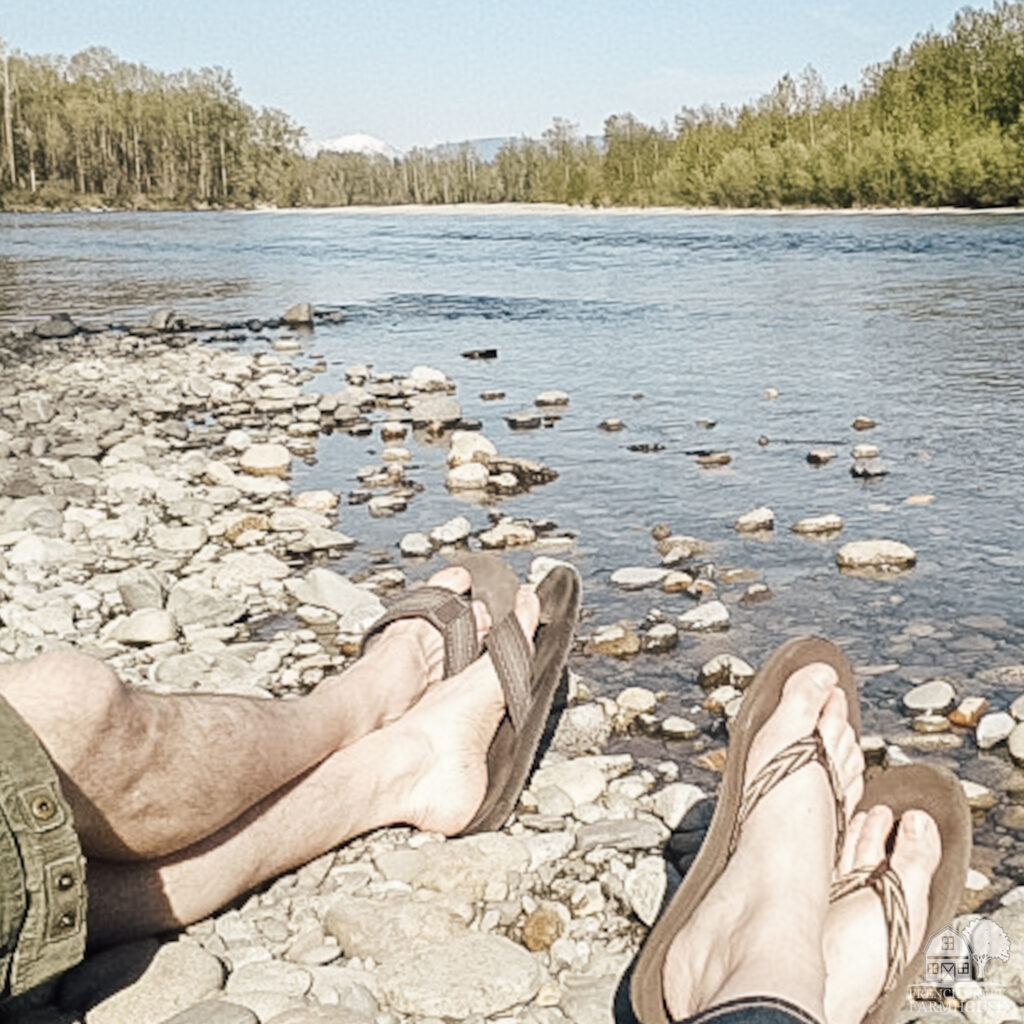
Keeping Pollution Out of Groundwater
To put it bluntly, polluted groundwater is not usable water. With only about 1% of the planet’s water available for human use, polluting what we do have is incredibly wasteful.
We not only need this water to drink, but also to support our farms and grow our food.
And, it’s not just rural folks who need to be concerned.
The water that’s piped to over half of the towns and cities in our country comes from groundwater. Of course, you also wouldn’t want polluted, contaminated water to help grow the fruits, vegetables, and grains you eat.
The Problem of Pharmaceuticals in Our Groundwater
While most people are aware of pollution and its harmful effects on the environment, there’s much less conversation around the issue of pharmaceuticals infiltrating our groundwater and ecosystems.
In 2018, Puget Sound shellfish and juvenile Chinook salmon populations tested positive for opioids. This is a direct result of pharmaceuticals entering our groundwater and contaminating wildlife. There’s a lot that researchers don’t know of the long-term impact of this issue, but would you really want to be unintentionally consuming pharmaceuticals like these?
Groundwater Supports Biodiversity
All of the plants and animals we love depend on clean groundwater for their survival. The ecosystems that support life, such as rivers, lakes, and wetlands, require uncontaminated water to exist.
We all know the story about how the flap of a butterfly’s wing can cause a tornado, right?
Well, of course that’s not directly true. But instead, it’s an example that illustrates Chaos Theory. It’s the idea that a complex and intricate web of dependence connects everything in the world. Our groundwater is an essential component to life that requires our stewardship to thrive.
Prevention Is Less Expensive Than Clean Up
Once groundwater becomes contaminated, it is no longer usable. That’s why it’s so important to prevent groundwater contamination in the first place.
The cost to clean up contaminated groundwater is astronomical!
In 2012, the Department of the Army joined with the National Research Council to conduct a study investigating the cost to clean up 126,000 contaminated groundwater sites in the US. They estimated the cost to be somewhere between $110-127 billion, but noted that a good 10% of those sites–that’s over 12,000 sites!–were so complexly contaminated that we do not currently have the technology to restore them within the next 50-100 years.
Preventing groundwater contamination in the first place is so important to the health of our country, and it’s something that every single one of us can do.
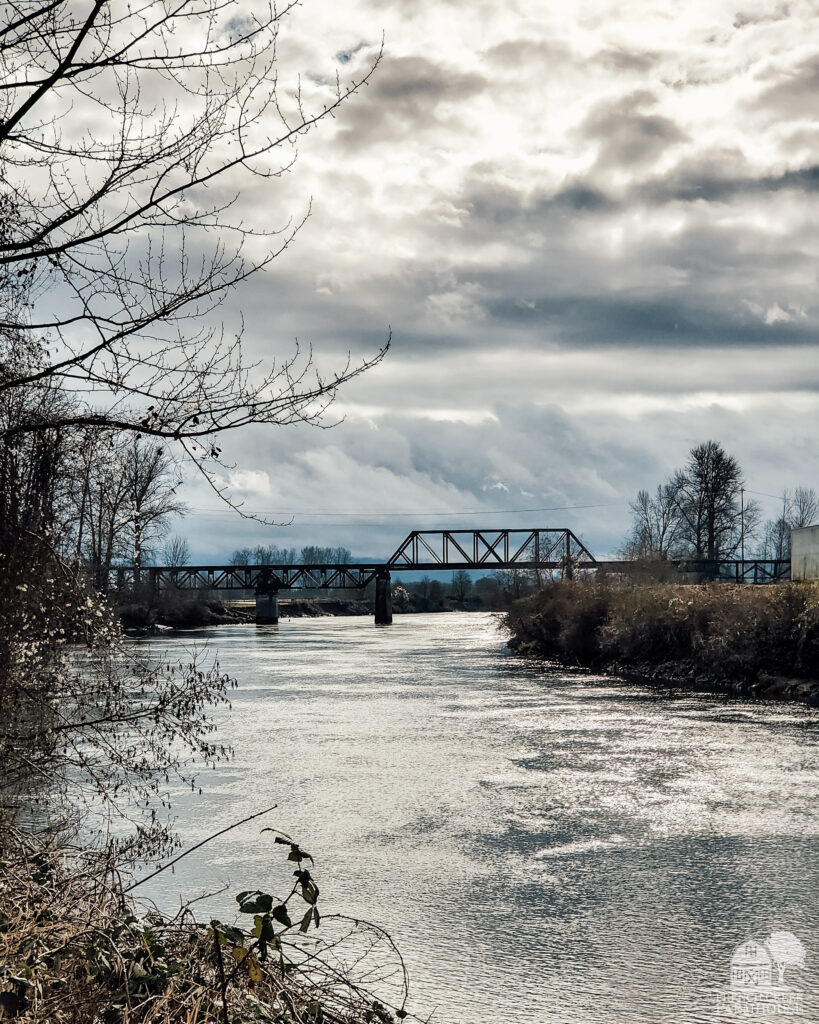
5 Simple Things We Do to Protect Our Groundwater–and You Can, Too!
If everyone took small steps to help prevent the contamination of our groundwater, it would add up to a big difference in the end.
I’ll be the first to admit that we aren’t perfect by any means. I mean, we own gas-powered vehicles. Our garden tractor has an internal combustion engine, as well. These all notoriously drip oil and chemicals onto the ground, in addition to polluting the air.
However, like everything else in life, I am far more concerned with progress over perfection.
There are definitely things that we’re working to do better, but there are other things that we’ve already actively changed about the way we manage our homestead. These are 5 simple things anyone can do to help protect groundwater!
1. Limit the use of chemical fertilizers and pesticides.
We stopped using chemical fertilizers several years ago, and we now use only natural products. The obvious “pro” of this choice is that we’re doing right by the environment. But, that means that it requires a bit more work and planning on our part, as well.
Natural products are usually much more sensitive to the timing of application. For example, we use this natural weed prevention, and it is very effective at controlling weeds. However, you absolutely must apply this product before germination. It will not kill existing weeds–only prevent them from germinating in the first place.
We have also significantly cut our use of chemical pesticides. The only exception, at this point, being that we have an annual problem with hornets where we live. We patrol for new hives constantly and knock them down when they’re still small, but with nearly 2 acres, sometimes we miss some.
Hornets can be incredibly aggressive once they’ve colonized somewhere. You might remember what happened last year during the mudroom renovation {HERE}. One of us usually suffers a sting every year, and it’s sort of something you “expect” about country life. But, if they start trying to infiltrate walls, they can do serious damage to your home.
So, a couple of years ago when we discovered that hornets had chewed a hole through some siding behind an outdoor light fixture and started building a hive within a wall, we had no choice but to use a pesticide. We did first try natural remedies and deterrents for a couple of weeks. Both of these options are great if you use them early on. However, once the queen establishes her home, it is very difficult to convince a hive to move out.
If you must use a chemical, just remember to always utilize it in a limited way rather than broad usage.
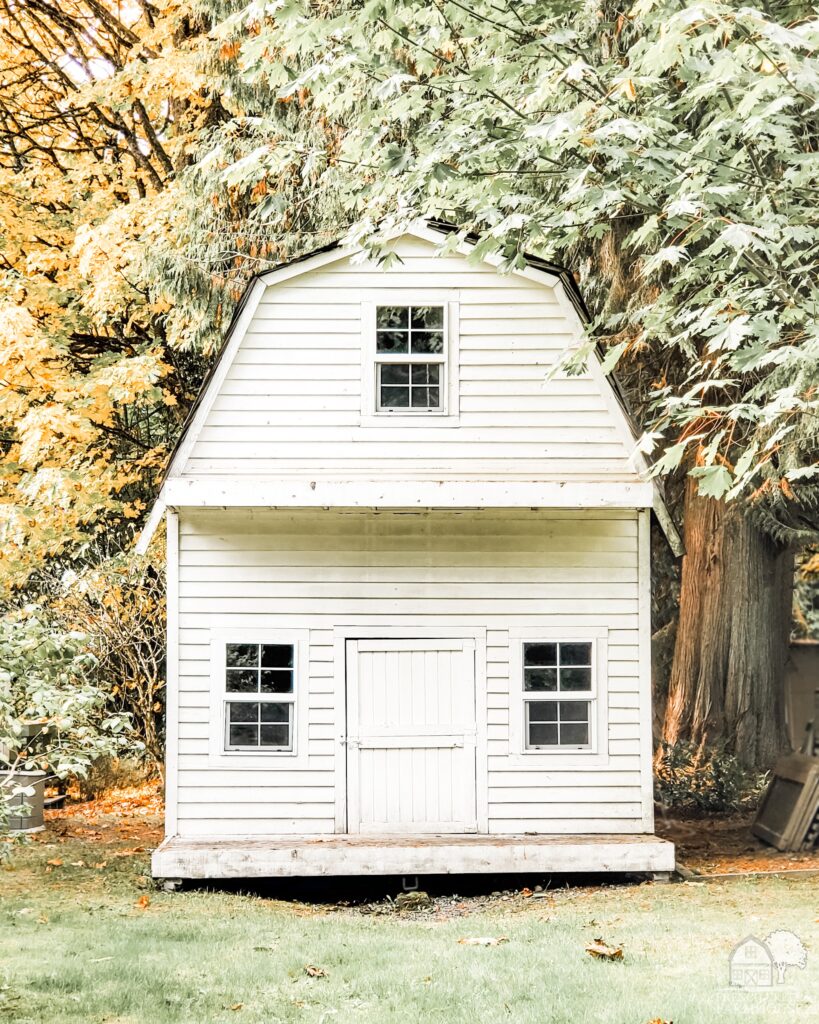
2. Use Native Plants in Landscaping
Using plants in your landscaping that are native to your area will automatically cut down on your need to use chemical fertilizers. These plants are already accustomed to the environment, and they don’t need much human interference to thrive.
Native plants also don’t usually require extra watering beyond what they get from nature. This, of course, means that you aren’t tapping into the groundwater supply in order to keep your landscaping looking great.
In our area, this means trees, like big leaf maples and cedars, as well as smaller plants like ferns and rhododendrons. These native plants also provide shade which helps to prevent water evaporation and provide habitat for animals.
3. Conserve Water
Even in the rainy Pacific Northwest, conserving water is important. Making sure that there is enough clean groundwater for all the area’s needs matters, so being mindful of waste is an easy thing to help.
This means more than just shutting off the water when you brush your teeth and taking short showers. It also means fixing leaky faucets, watering the garden at the appropriate time of day to maximize absorption, and only running full loads of laundry and dishes.
When we renovated the laundry room, we also upgraded to a front-loading washing machine which significantly decreases our water consumption.
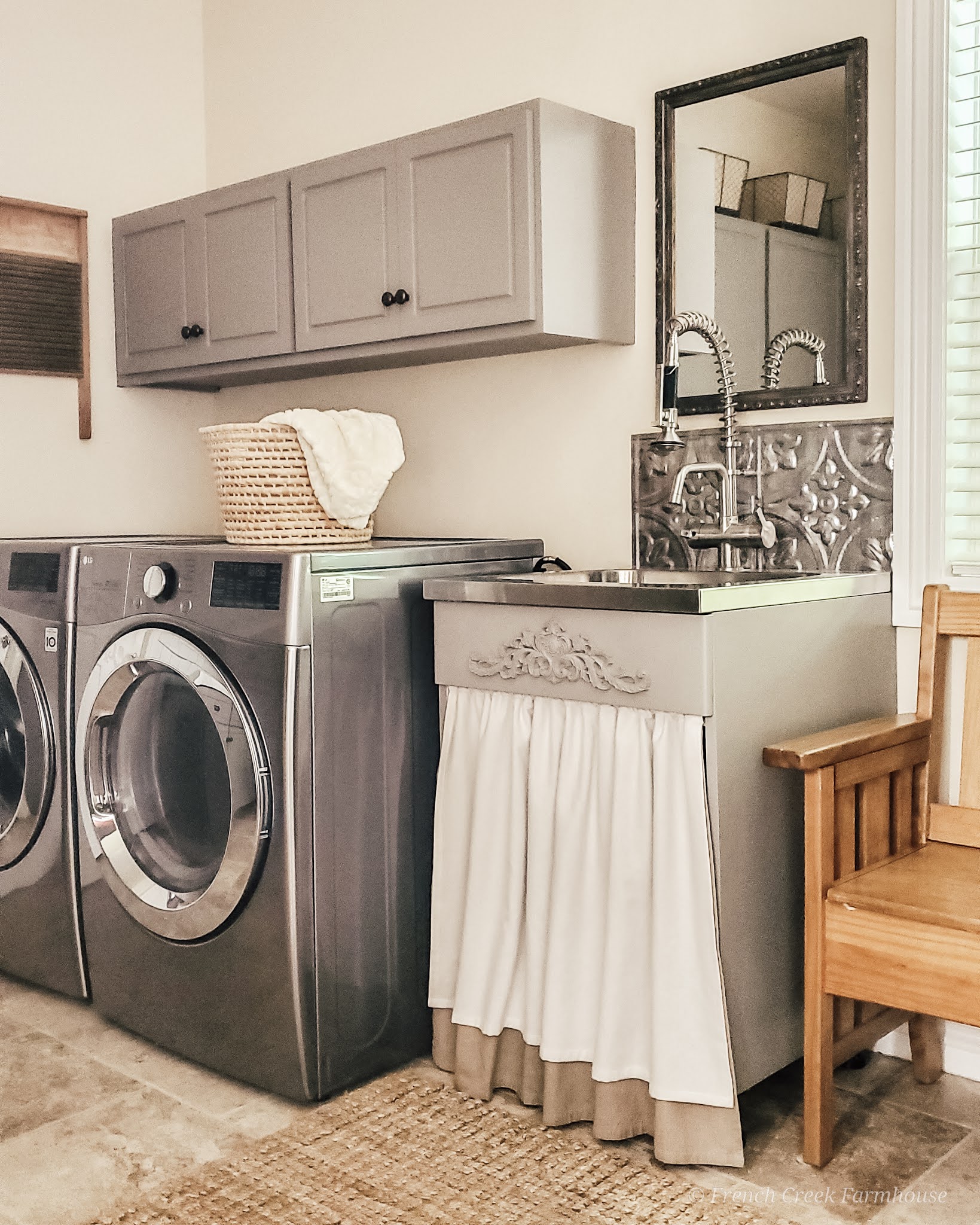
4. No Chemicals Go Down the Drain
To ensure the health of our septic system, we make sure that absolutely nothing goes down the drain that shouldn’t. We don’t use bleach in our home for general cleaning or laundry. Vinegar and baking soda do just as good of a job. Does it take a little more elbow grease? Sometimes, but it’s a small price to pay to keep our groundwater healthy.
We also don’t do things like clean paint brushes in the sink. The best and most effective thing you can do when painting areas of your home is to choose a high-quality paint and pleasing color that you’re going to like for many years. Then, make sure to squeeze every last bit of unused paint from brushes and rollers back into the paint can to minimize cleanup. When you must rinse tools, do so outside, away from your drainfield.
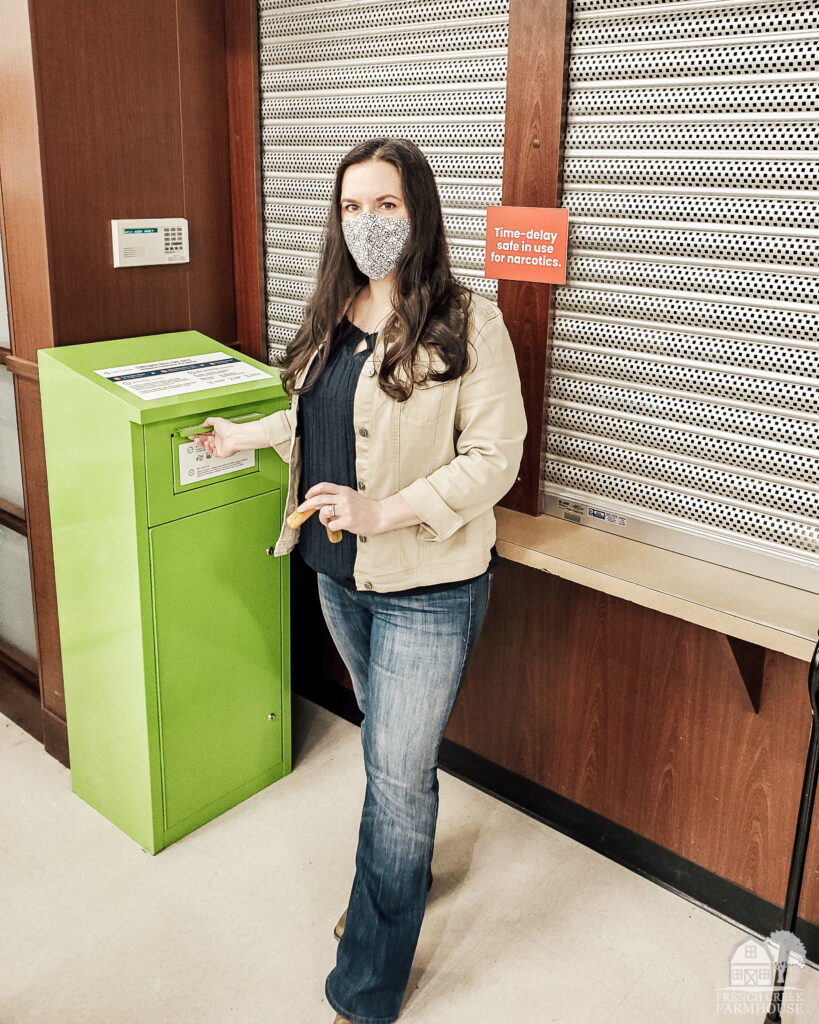
5. Properly Dispose of Medications
Technically, this point could have been covered in the previous section, but I think this important topic deserves its own attention. Particularly because “down the drain” is only one of the problems with medication disposal. Whether you flush, pour, or toss out medications, there are important implications to our groundwater, as well as our society.
More and more, the impact of unwanted or expired medications finding their way into our water supply is becoming a serious issue in our country. Additionally, the diversion of medications into the wrong hands has become something of an epidemic with a growing opioid crisis that is impacting many families each year.
LifeInCheckConsumer Drug Take-back™ has created a program in an effort to address these serious social and environmental issues. We are so very proud to support this important initiative. This program offers consumers a safe and convenient way to dispose of outdated or unused medications at secure kiosks located across the US.
Even though we live in a rural area, there are multiple kiosks located within a short distance from our home. The kiosks are so simple to use, too.
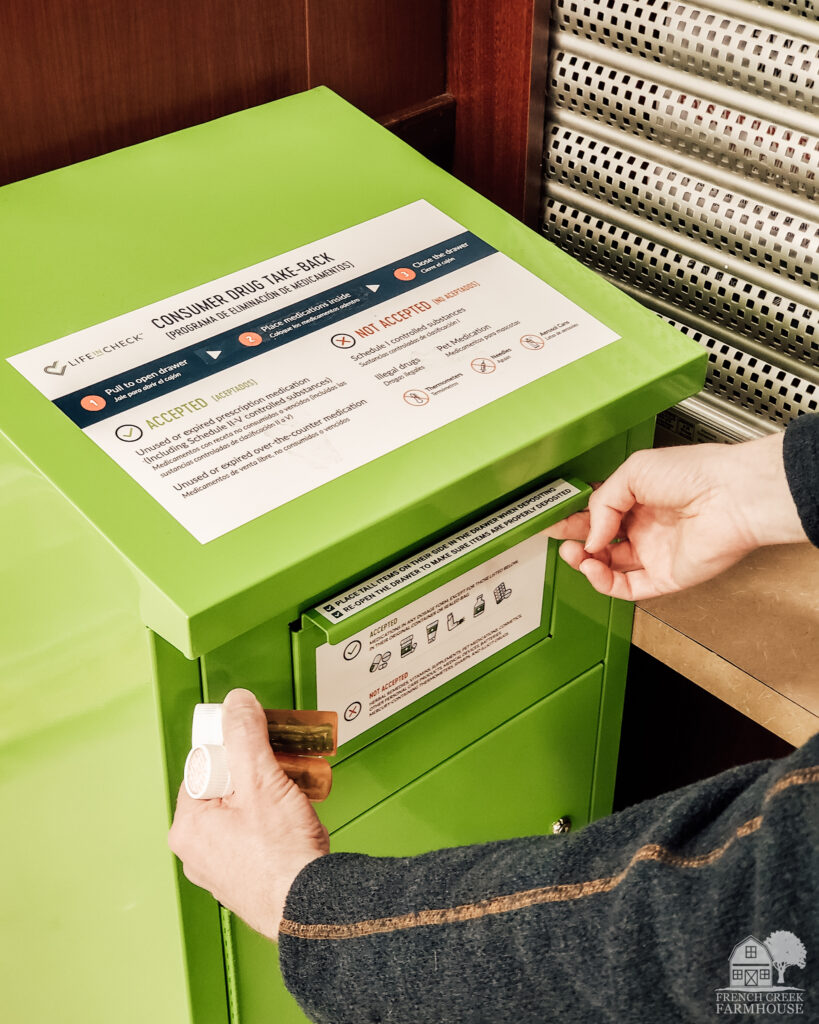
Everything is locked up until the kiosk is emptied and properly disposed of. This makes it impossible for your unused or expired medications to unintentionally end up in the wrong hands.
There’s absolutely no reason to store or stockpile unwanted and expired medications in your home where they could fall into the wrong hands. The LifeInCheck Consumer Drug Take-Back™ kiosks are readily available and so simple to use that you can easily dispose of these medications in a safe way that helps to keep our families, communities, and environment safe.
To find a kiosk near you, just use this locator. Enter your zip code, and you’ll get a list of nearby locations. Please note: in Massachusetts, No pet medications or sharps can be disposed of in kiosks!
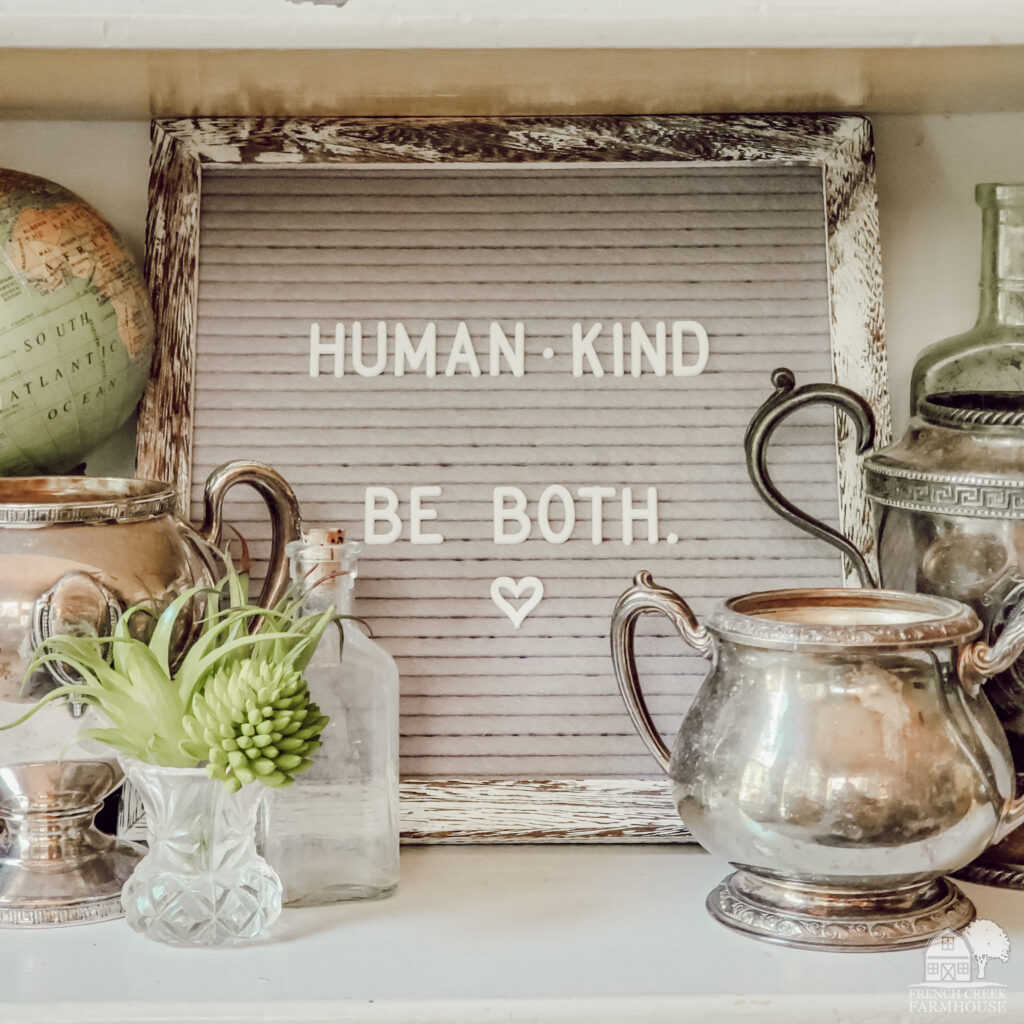
Together, We Can Make a Difference
Let’s be honest. There are a whole lot of things that happen in the world that are outside of our immediate control. At times, it can feel daunting (and maybe even a little hopeless) to be faced with so many issues in this time of global media. Just flipping on the news for a few minutes can fill you with dread!
But here’s the good news: We can all do something to make a difference.
When it comes to protecting our groundwater, the small, individual choices that we each make add up. This issue is actually something within our control, and we have the power to make the world a little bit better. Our collective impact can, and will, be huge when we each take a step in the right direction!

Get your home & garden ready for spring!
Get my free printable spring cleaning guide
Let’s be email pen pals! Sign up to join our community, and get your free printable PDF guide with all the springtime chores, tips, and planning tools you need to get your home and garden ready for the season. This is so good!
